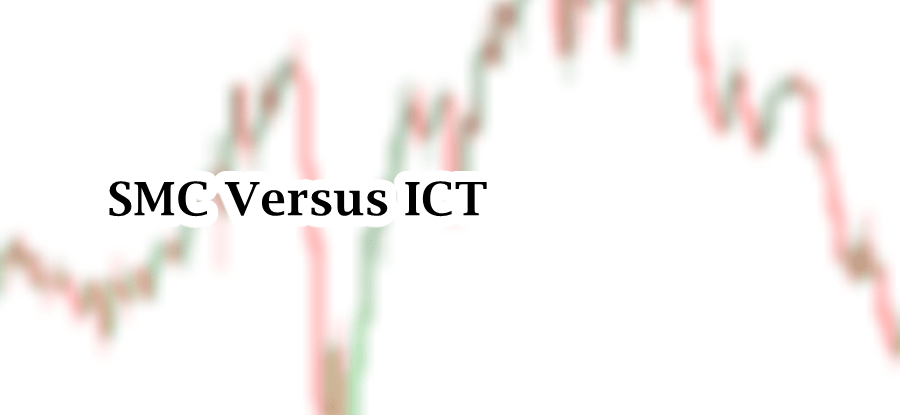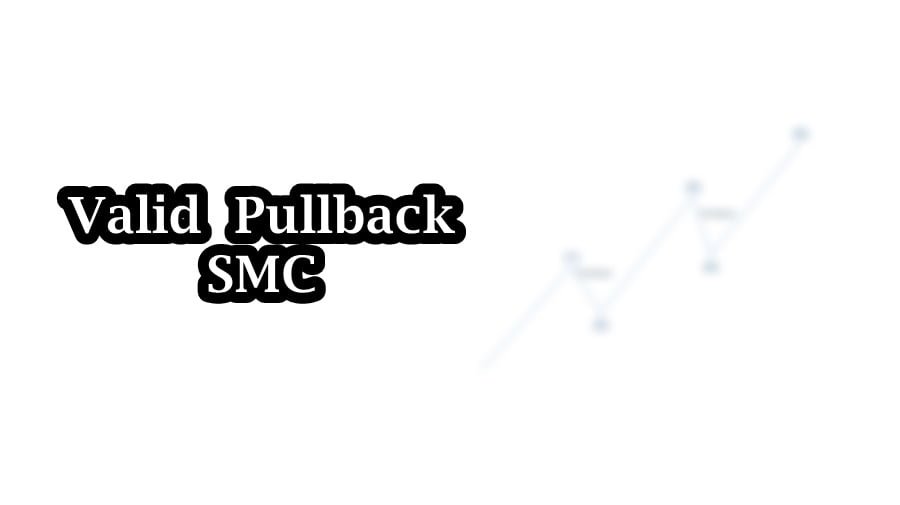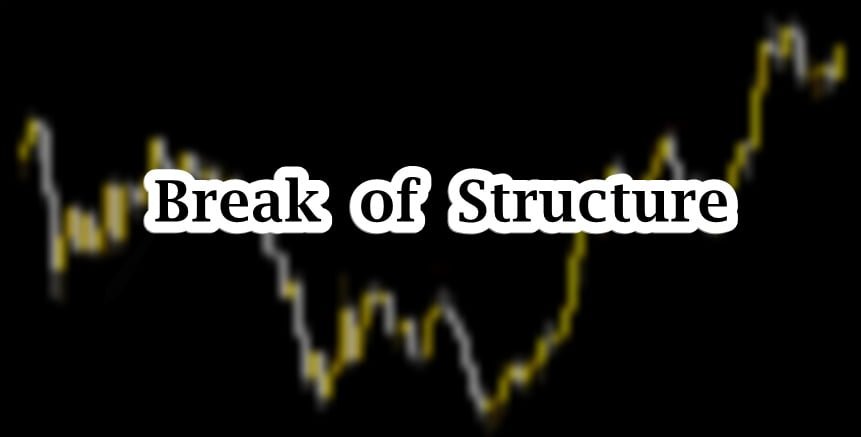
Table of Contents
SMC and ICT traders pay much attention to order blocks and their types. There are multiple types of Order Blocks. Nearly all of them are associated with the concept of supply and demand. One of the types is ICT Propulsion Block. ICT propulsion block is associated major OB within ICT dealing range.
This article covers the understanding of ICT Propulsion Block, its appearance in bullish and bearish scenarios, and trading with the propulsion blocks.
ICT Propulsion Block
The word “Propulsion” means to push something forward. Inner Circle Trader bring this concept in trading, especially in Order Blocks. ICT Propulsion Block is represented by a single candlestick that drives the price away from its initial position. In ICT framework, propulsion block refers to a single candlestick. This candlestick interacts with an Order Block which results in significant price movement away from that area.
Like Breaker Block, its interaction with major Order Block makes it important and essential. As you know that order block is an institutional level in the market with foot print of high buying or selling. The propulsion block act as a confirmation of the order block’s validity. It is the candlestick that effectively pushes the price out of the order block. This represents institutional interest in the asset and validates the level.
ICT propulsion tool is a quality tool for identifying key market turning points. As an ICT trader, our ultimate aim is to find institutional footprint and time our entries on right time. Propulsion blocks often offer lucrative opportunities.

Bullish ICT Propulsion Block
A Bullish ICT propulsion block is a last bearish candlestick in a strong bullish move that trades into a bullish order block. Market subsequently triggers a strong upward price movement. The next time price retraces to this propulsion candlestick zone, it often acts as a support zone causing a sharp price reversal to the upside. This concept can help in identifying high-probability trade setups.
Trading with a Bullish ICT Propulsion Block
Trading with propulsion block requires the following things:
- Identify a trend of an asset. It is crucial to understand market structure. Understanding this enhances trading success in ICT trading. Market must be in a uptrend by creating higher highs and higher lows.
- Locate proper ICT dealing range and an order bock in the range. The range is mitigated by single candlestick. This single candle is Bullish Propulsion Block. This is the last bearish candle that traded into a bullish order block.
- Ensure that price moves decisively upward after interacting with the OB. This confirms the validity as a propulsion block.
- After initial upward movement, patiently wait for the price to retrace towards propulsion block. Observe the price action as it reaches near the body of propulsion candlestick. It is expected that the zone will act as support and hold price.
- When price approaches and stays there for few candles, consider entering a buy trade. Place you stoploss 10 or 20 Pips below the low of the propulsion candlestick. This helps in managing risk effectively.
You can target the next liquidity levels. These levels can be recent swing highs or areas with visible liquidity pools.

Propulsion block is a strong institutional support. Always ensure that the price shows a clear rejection at or near the propulsion candlestick before entering the trade. Patience, discipline, and risk management are crucial for maximizing the effectiveness of bullish propulsion block.
Bearish ICT Propulsion Block
A Bearish ICT propulsion block is a last bullish candlestick in a strong bearish move that trades into a bearish order block. Market subsequently triggers a strong downward price movement. The next time price retraces to this candlestick, it often acts as a resistance zone causing a sharp price reversal to the downside. This concept can help in identifying high-probability trade setups.
Trading with a Bearish ICT Propulsion Block
Trading with Bearish propulsion block requires the following things:
- Identify a trend of an asset. It is crucial to understand market structure. Understanding this enhances trading success in ICT trading. Market must be in a downtrend by creating lower lows and lower highs.
- Locate proper ICT dealing range and an order bock in the range. The range is mitigated by single candlestick. This single candle is Bearish Propulsion Block. This is the last bullish candle that traded into a bearish order block.
- Ensure that price moves decisively downward after interacting with the OB. This confirms the validity as a propulsion block.
- After initial downward movement, patiently wait for the price to retrace towards propulsion block. Observe the price action as it reaches near the body of propulsion candlestick. It is expected that the zone will act as resistance and hold price.
- When price approaches and stays there for few candles, consider entering a sell trade. Place you stoploss 10 or 20 Pips above the low of the propulsion candlestick. This helps in managing risk effectively.
- You can target the next liquidity levels. These levels can be recent swing lows or areas with visible liquidity pools.

Bearish Propulsion block is a strong institutional resistance. Always ensure that the price shows a clear rejection at or near the propulsion candlestick before entering the trade. Patience, discipline, and risk management are crucial for maximizing the effectiveness of bearish propulsion block.
Final note
Trading with Propulsion Blocks offers high-probability entry points by aligning with institutional order flow. One of the reasons is that it helps to filter order blocks. Normally, finding a valid order block is a complex task. Propulsion Block helps in finding an accurate one. However, it requires discipline, and experience.
Trading in financial market carries significant risk and may result in substantial losses. Trading with Propulsion Block and past price action helps but never guarantees success in trading. It is advised not to trade with funds that you cannot afford to lose. Seek advice from market practitioner before investing your capital. Use this trading strategy responsibly at your own risk.
Frequently Asked Questions (FAQs)
What is a Propulsion Block in SMC and ICT Trading?
An ICT propulsion block is a single candlestick that confirms a key market movement. Propulsion block is a candlestick that trades into an order block before price moves up or down.
What is a Bullish Propulsion Block?
In bullish market, propulsion block is a last bearish candlestick that trades into a bullish order block before price moves up. This is known as a bullish propulsion block.
What is a Bearish Propulsion Block?
In bearish market, propulsion block is a last bullish candlestick that trades into a bearish order block before price moves down. This is known as a bearish propulsion block.
Can propulsion blocks be used in all timeframes?
Yes, propulsion blocks can be applied across multiple timeframes. However, their reliability increases on higher timeframes (e.g., 1-hour, 4-hour, or daily), while lower timeframes can be used for fine-tuning entries.
Are propulsion blocks suitable for beginners?
Yes, but beginners should first understand the core concepts of Order Blocks, market structure, and liquidity. Proper education and practice are critical before applying this strategy in live markets.

I’m Aatiq Shah, a dedicated forex and crypto market practitioner with three years of hands-on experience. Currently, I’m working as a Financial Manager. My journey in the world of finance has equipped me with the skills and knowledge needed to navigate the complexities of the forex and crypto markets.





